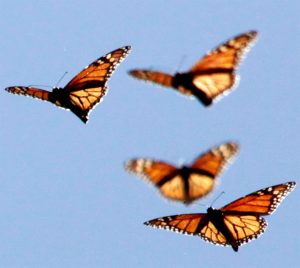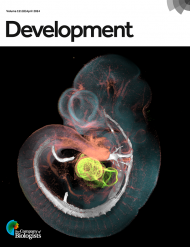Circadian clock and epigenetic control of monarch butterfly seasonal migration
Christine Merlin
Department of Biology, Texas A&M University, USA
The Eastern North American monarch butterfly (Danaus plexippus) has emerged as a powerful system to study the genetic, epigenetic and neural bases of animal long-distance migration because it exhibits a seasonal migration, its draft genome sequence is available and it is amenable to CRISPR/Cas9-mediated gene targeting in vivo. Each year, fall migrants fly southward to their overwintering sites in Mexico, and in the spring reverse their flight orientation northward to reach suitable breeding grounds across the Northeastern US. Migratory flight relies on the use of a time-compensated sun compass orientation mechanism. In this system, the circadian clock located in the antennae, which keeps track of time, time-compensates for the movement of the sun across the sky over the course of the day and regulates the sun compass output in the brain. Circadian clocks are also likely used to time the monarch migratory switch and seasonal departure from its breeding grounds, and may therefore regulate the genetic/epigenetic program controlling migratory physiology and behavior. I will present approaches my lab is currently taking to decipher the role of circadian clocks in the migratory switch through the continued development of reverse-genetics and genomic tools in the monarch butterfly, including CRISPR/Cas9-mediated genome editing, RNA-sequencing and Assay for Transposase-Accessible Chromatin using sequencing. I will also discuss how we envision leveraging the remarkable behavioral plasticity of migratory orientation in individuals to delineate the epigenetic architecture that underlies differential gene expression in the monarch brain responsible for migratory behavior and the production of distinct seasonal flight orientations.









You must be logged in to post a comment.